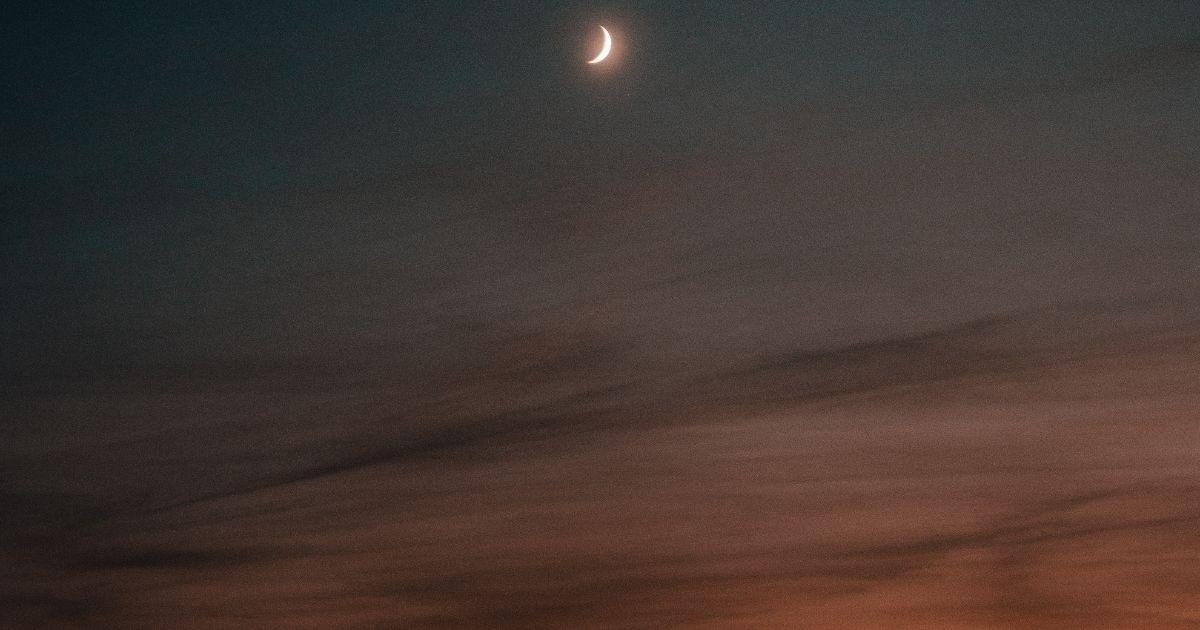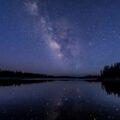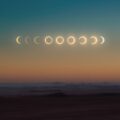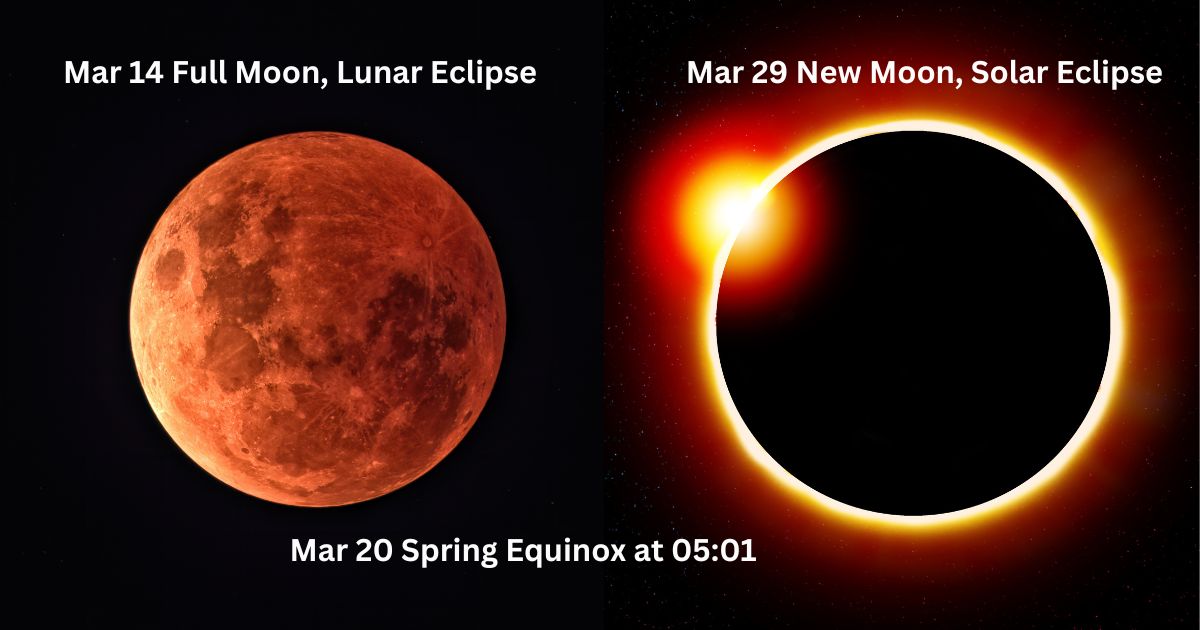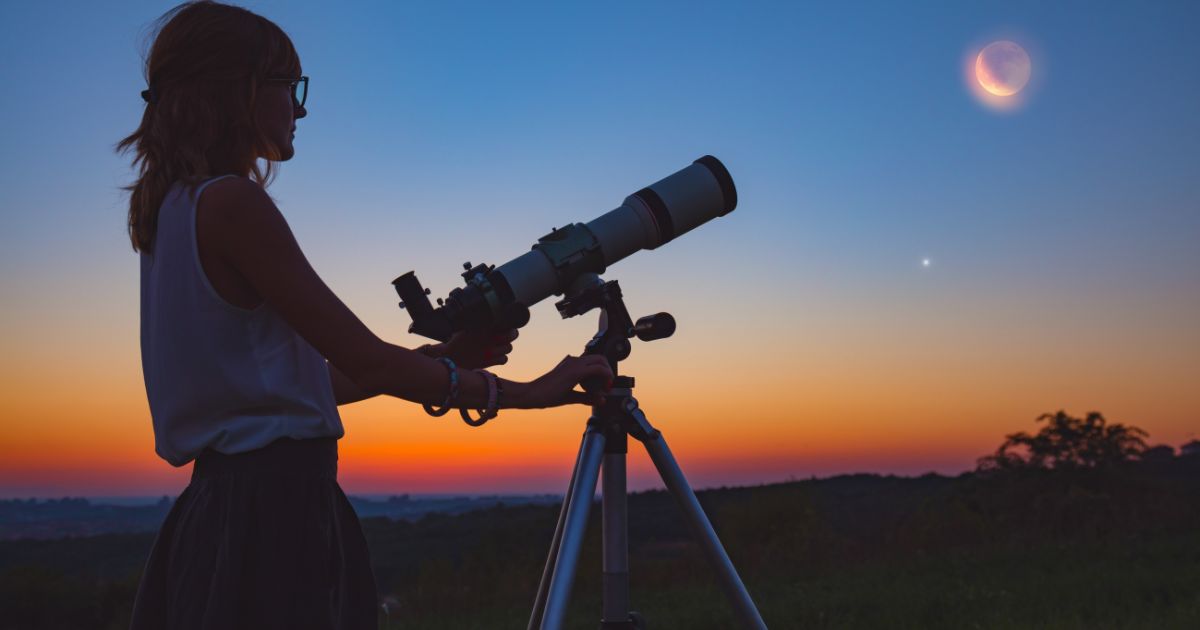As the season changes from summer to autumn, I think of the evening sky becoming dark at a more convenient hour. The soundscape of a late-evening walkabout also changes. The skeins of honking geese join the more melodic call of loons. They sense the coming winter through the change in food, the cooler temperatures and the shortening daylight. Their food supply is as variable as the weather, but the length of day is precisely predictable because it’s governed by the inertia of our planet.
The migration of birds is an enduring symbol of autumn (and spring). There are many migration routes through Canada that extend as far as South America.
A prominent one is through Ontario. The Great Lakes are an impediment with their expanse of open water, so the routes hop over landforms — Manitoulin Island, and the stretch of land from the Bruce Peninsula to Point Pelee (the spit of land that juts out into Lake Erie) — reducing the flights over open water.
The Royal Astronomical Society of Canada tries to protect these migration routes by encouraging dark-sky preserves on Manitoulin Island, the Bruce Peninsula, the Torrance Barrens and Point Pelee. In other parts of Canada, there are also dark sky preserves under strategic migration routes in Alberta, Saskatchewan and Manitoba.
Most migrations end their journey in the United States. Indeed, birds don’t have to travel too far south to benefit from the trip. A change of only 20 degrees of latitude produces a much milder climate and longer daylight.

observatory for a night’s work versus lingering on a tropical beach.
At the equator, there is no seasonal difference in the length of daylight: Daylight is a constant 12 hours for all seasons, although refraction by our atmosphere seemingly raises the sun up from below the horizon by its own diameter and lengthens daylight.
In Southern Canada, around latitude +50°, daylight varies from about 17 hours at the beginning of summer to 8 hours at the start of winter. This increases farther north — where at the Arctic Circle (latitude 66.6°) it varies between 24-hour days down to zero on these same dates — although the refraction of the sun and the
lingering light through twilight significantly extends our perception of daylight in the North.
Those who can travel close to the equator in winter will experience another phenomenon: less “lingering twilight.” The sky darkens more quickly close to the equator than in Canada.
On the first day of winter, the Winter Solstice, in Winnipeg (latitude +50°), the time from sunset to the end of civil twilight is about 40 minutes. However, in Kingston, Jamaica, twilight is only 24 minutes because the sun sets at a steeper angle. (The limit at the equator is 22 minutes.)
If you are able to travel south on holiday this winter, bring a flashlight when you go out in the evening so as not to be caught in the dark!
One of Canada’s foremost writers and educators on astronomical topics, the Almanac has benefited from Robert’s expertise since its inception. Robert is passionate about reducing light pollution and promoting science literacy. He has been an astronomy instructor for our astronauts and he ensures that our section on sunrise and sunset, stargazing, and celestial events is so detailed and extensive it is almost like its own almanac.

